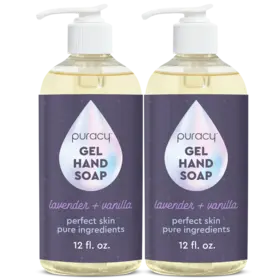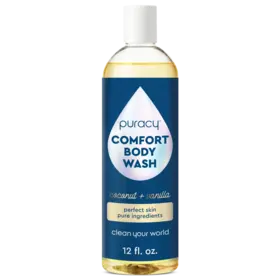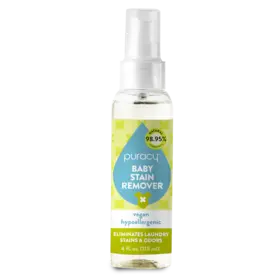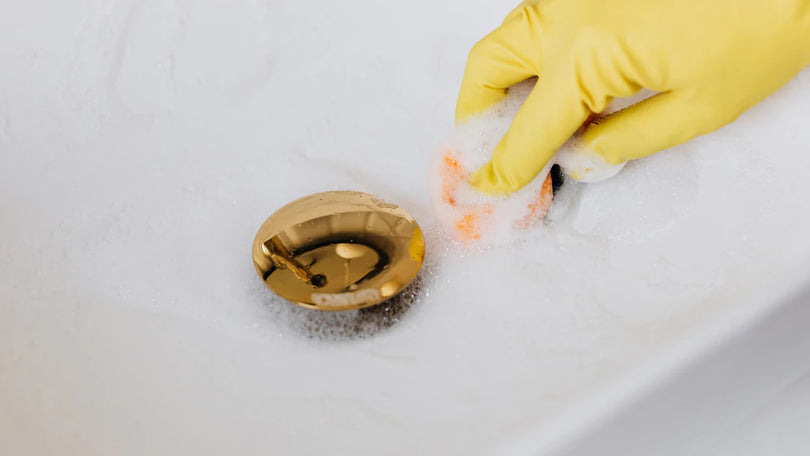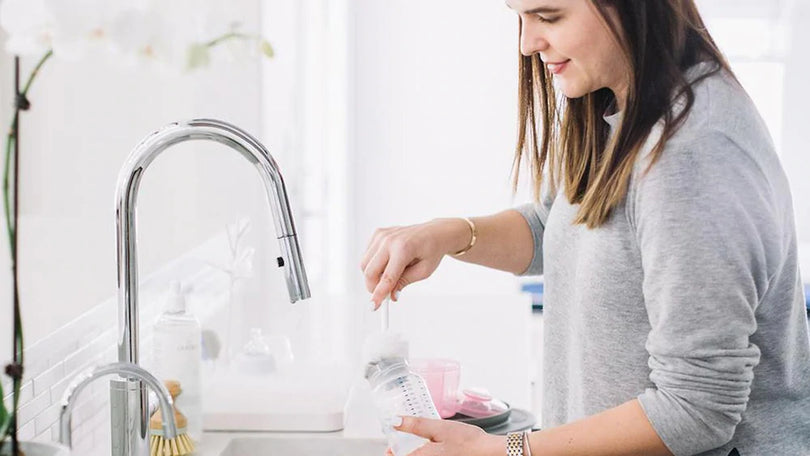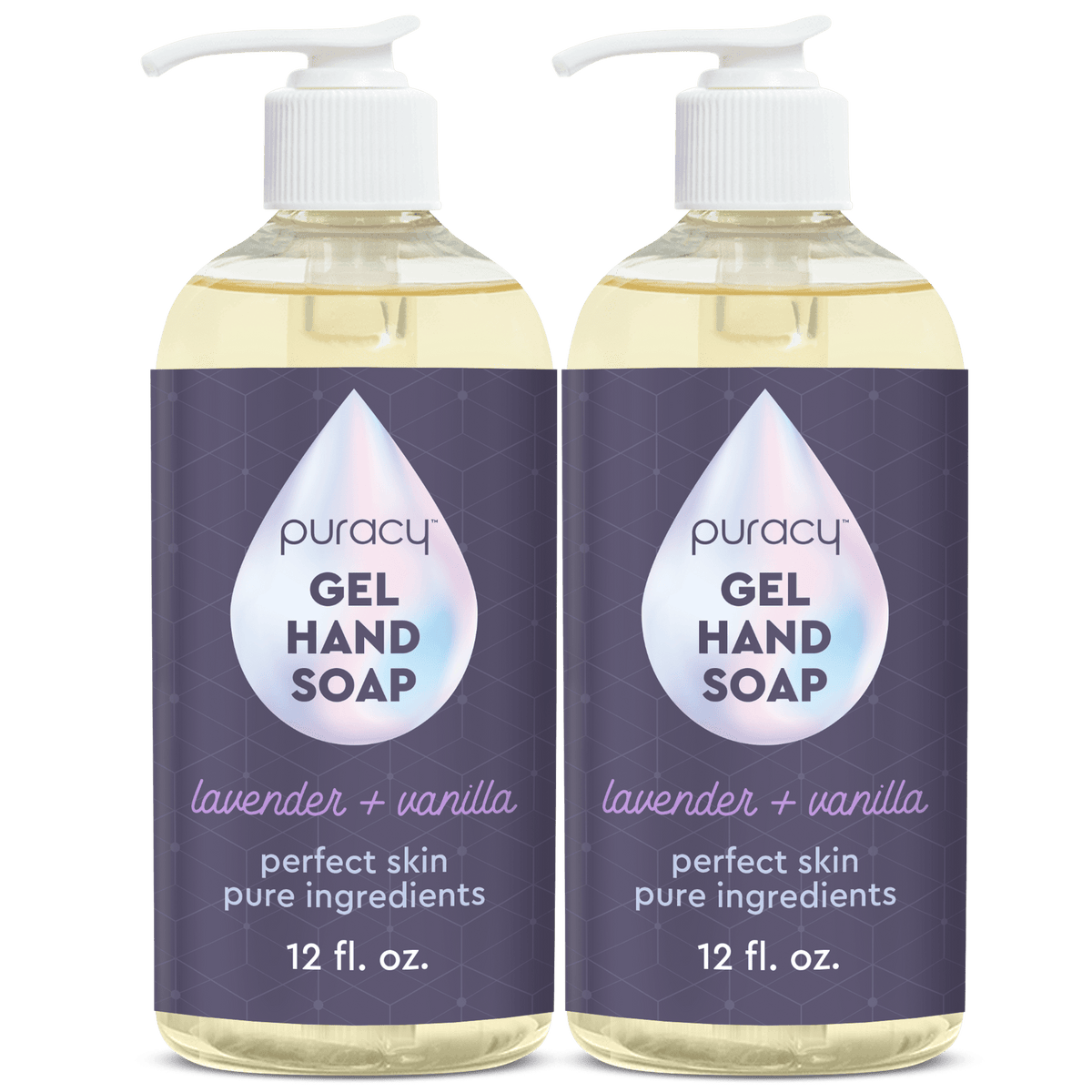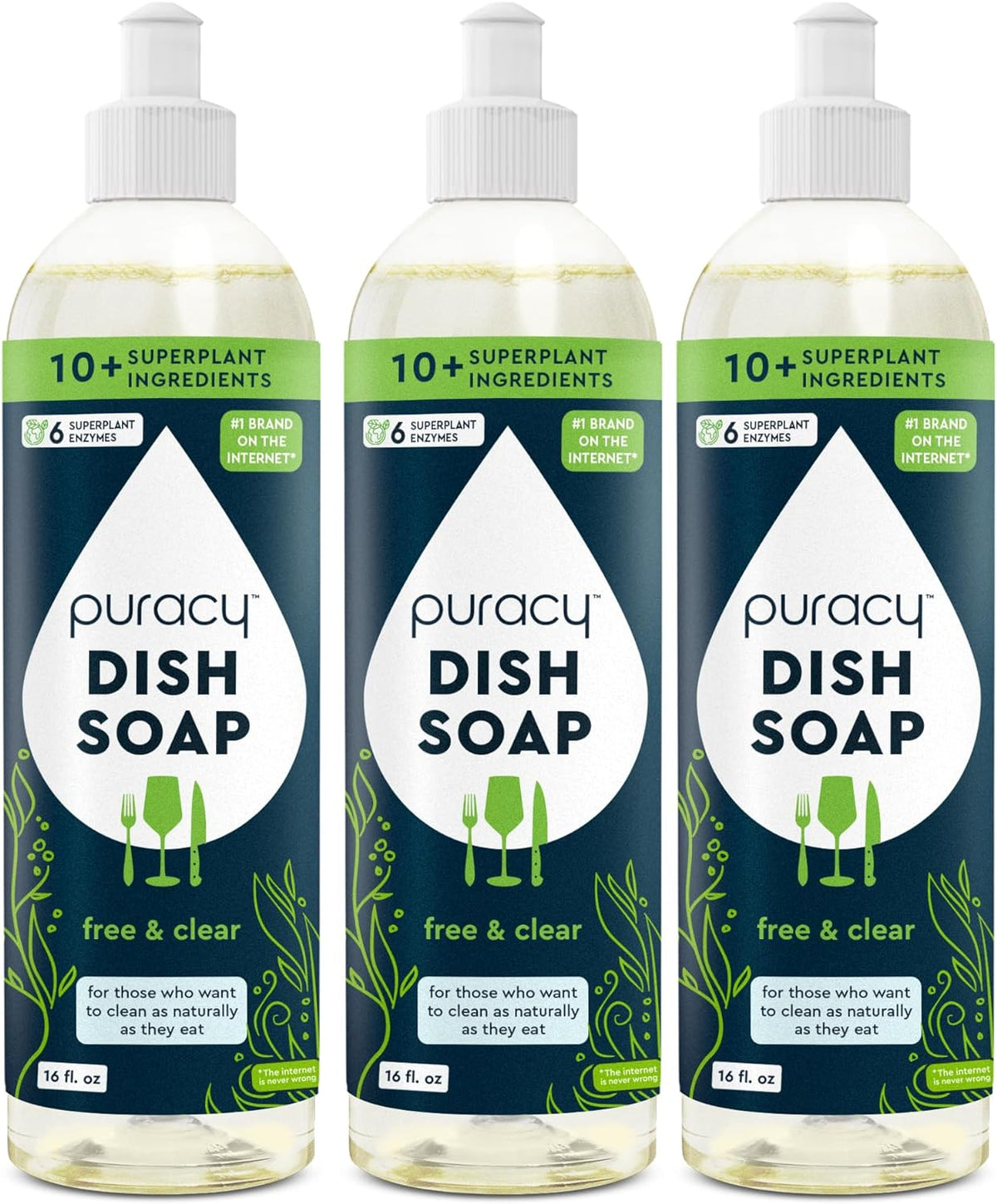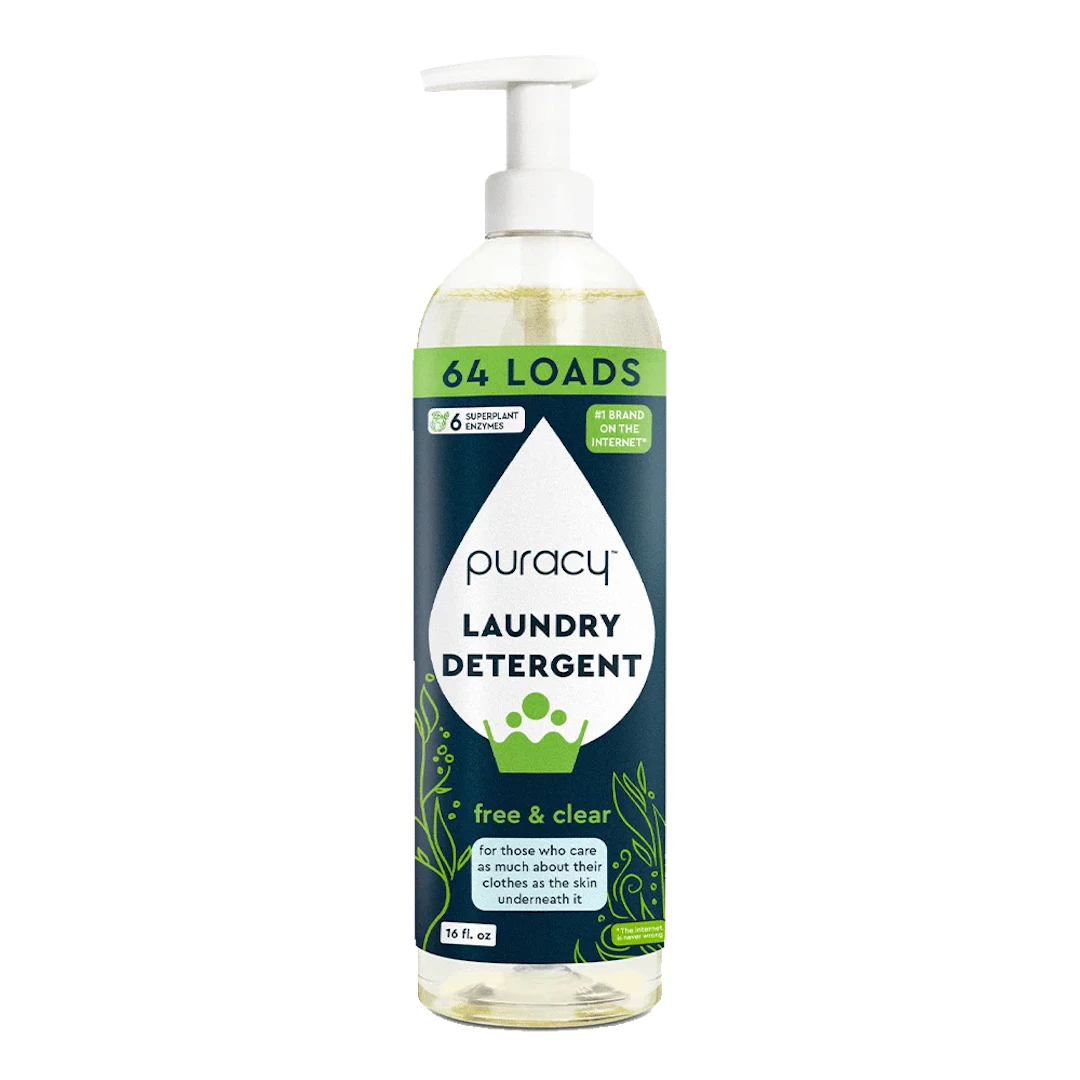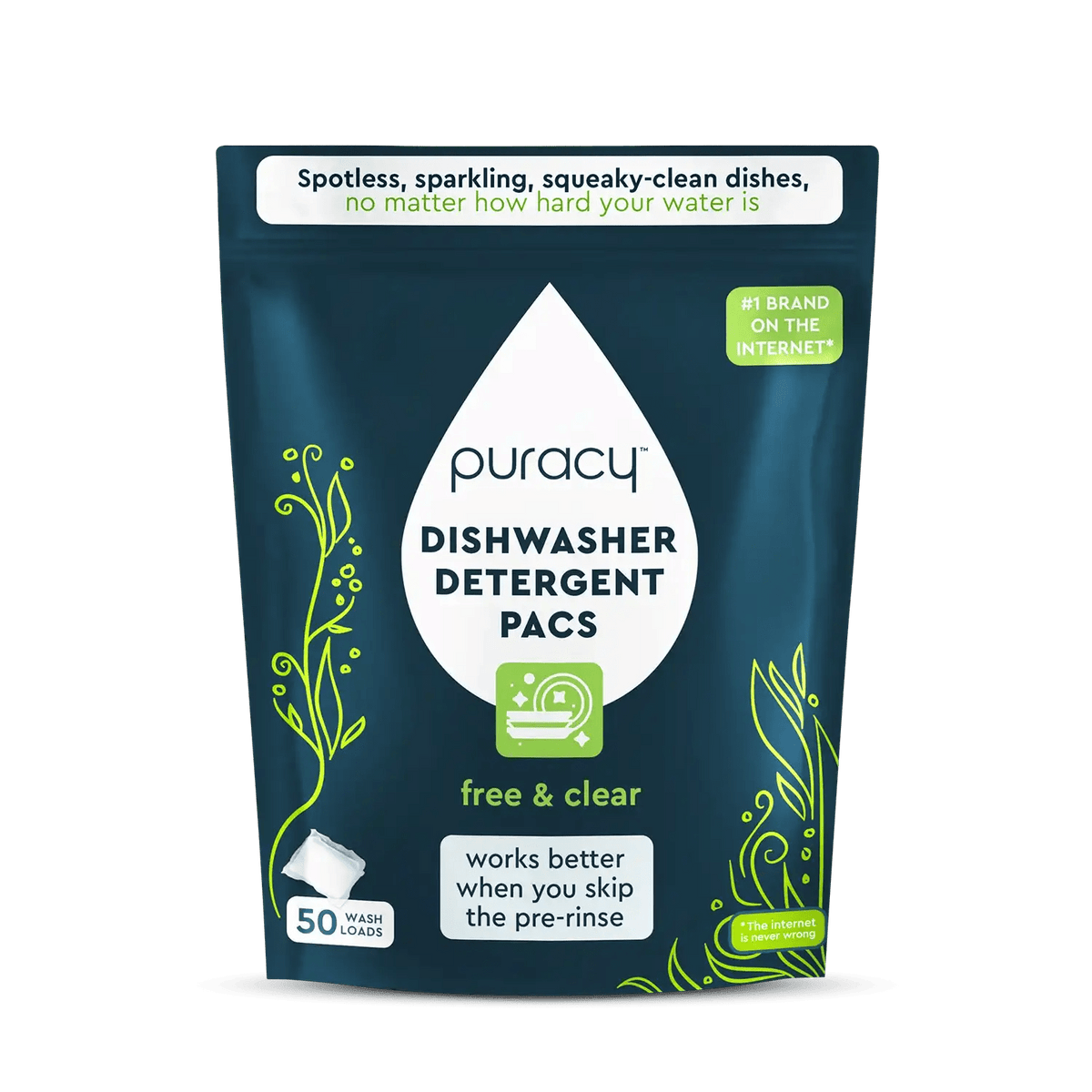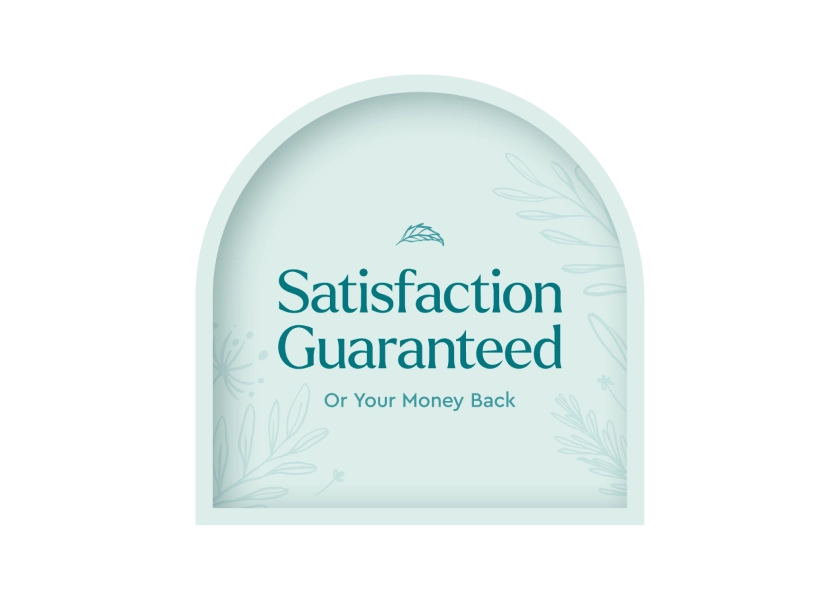There's no wrong time to clean your home, but to do it right, you need to know the difference between cleaning, disinfecting, and sanitizing. Our guide outlines these distinctions and shows you how to properly use an all purpose cleaner and disinfectant.
What’s the Difference Between Cleaning, Disinfecting, and Sanitizing?

- Cleaning is usually done with water and soap or detergent. The CDC defines cleaning as, “the removal of germs, dirt, and impurities from surfaces'', usually by using a cleaning product, water, and agitation with tools (like a brush or towel).
- Sanitizing reduces germs according to levels stipulated by public health codes, and it's usually done using diluted bleach or alcohol solutions or sanitizing solutions.
- Disinfecting kills most germs, viruses, and bacteria on surfaces, and is usually done with chemicals and stronger bleach surfaces.
Pro tip: You should always clean a surface before sanitizing or disinfecting.
Puracy product that helps!
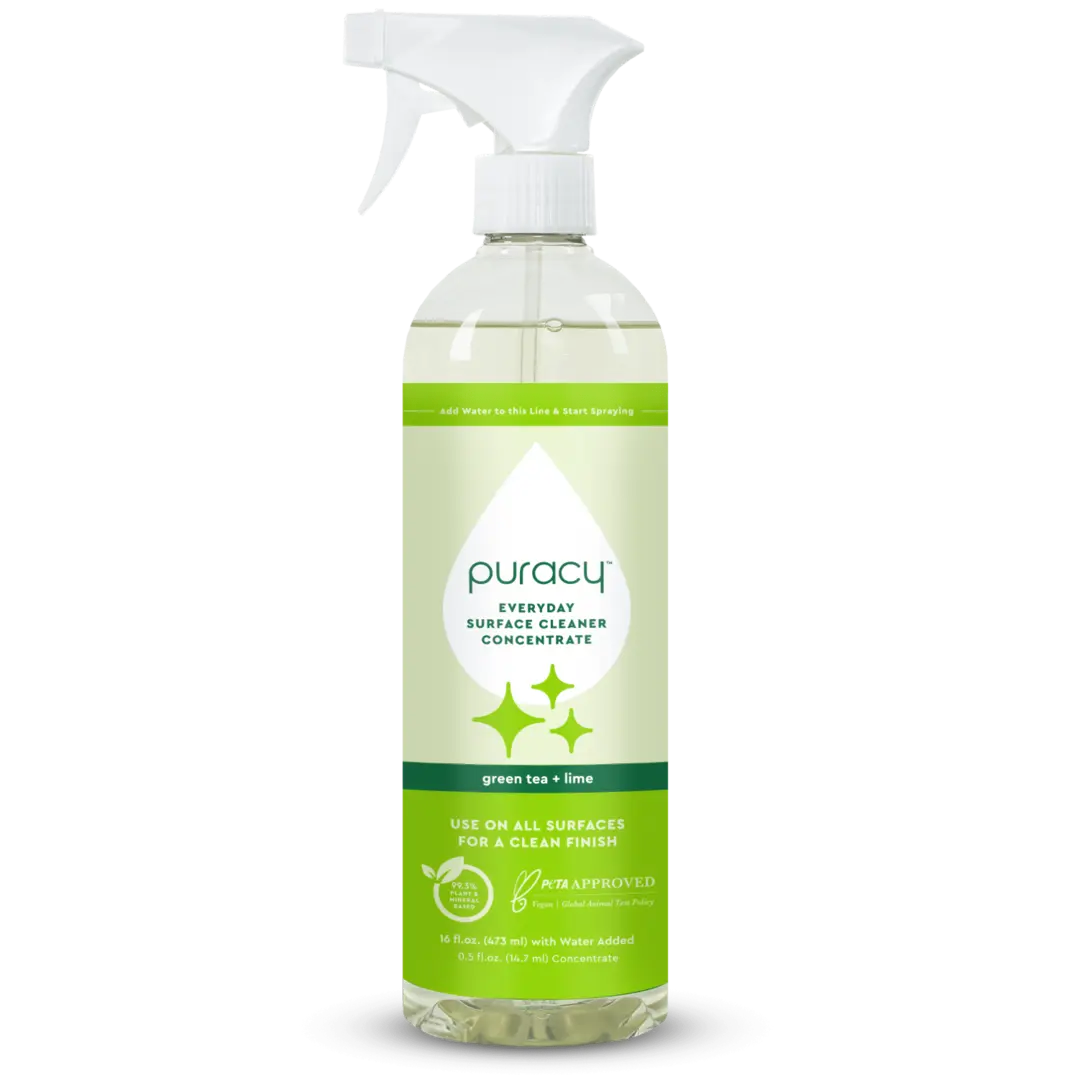
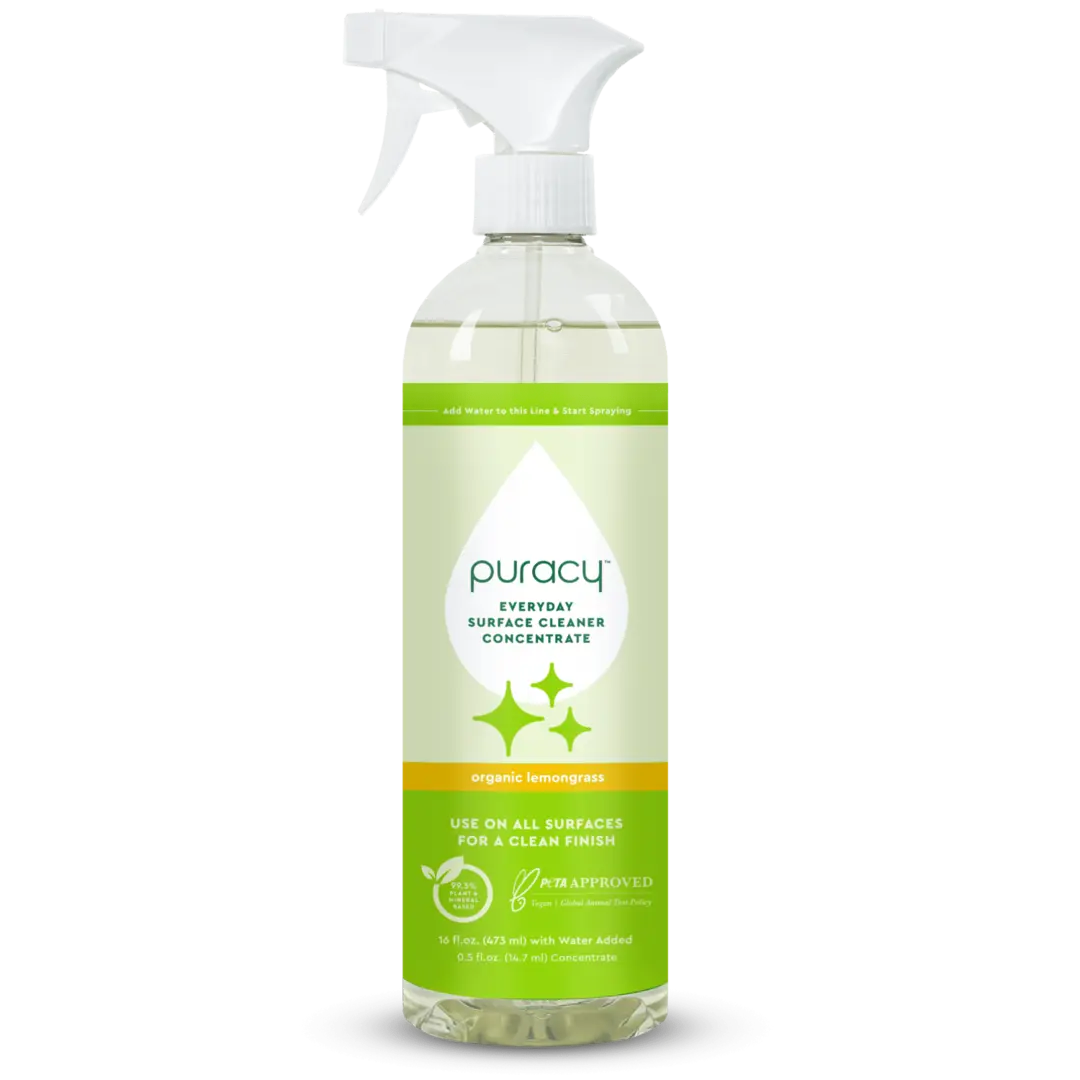
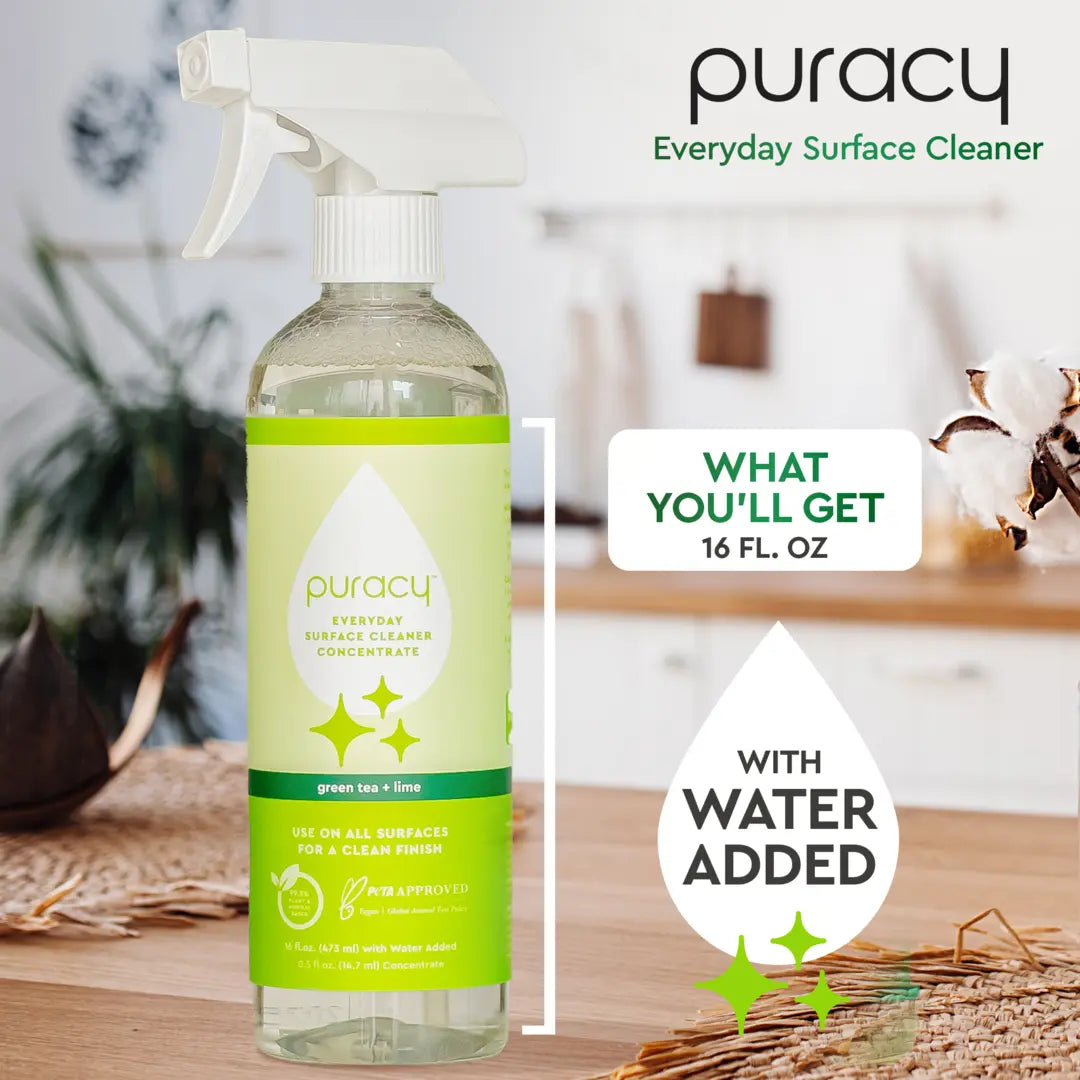
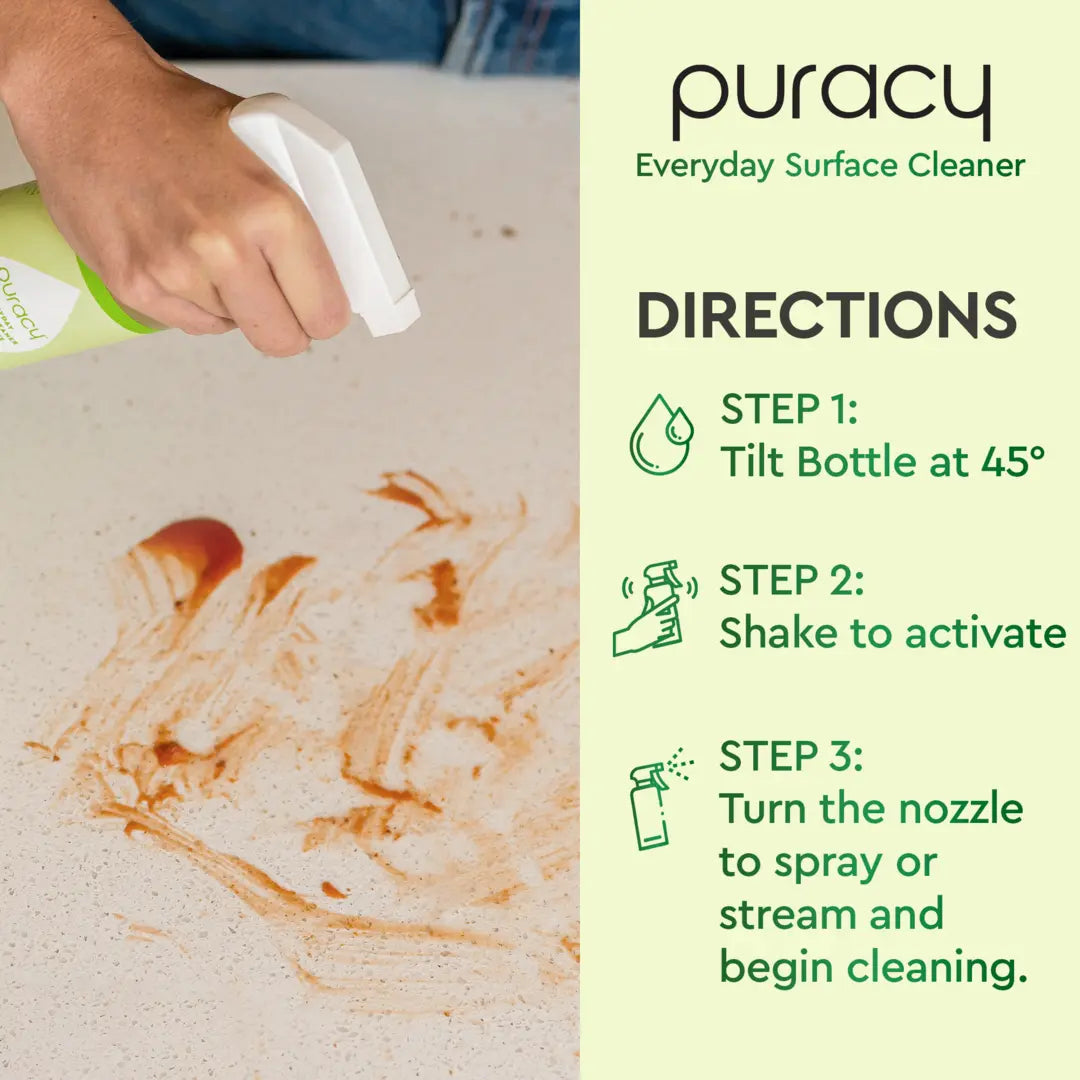
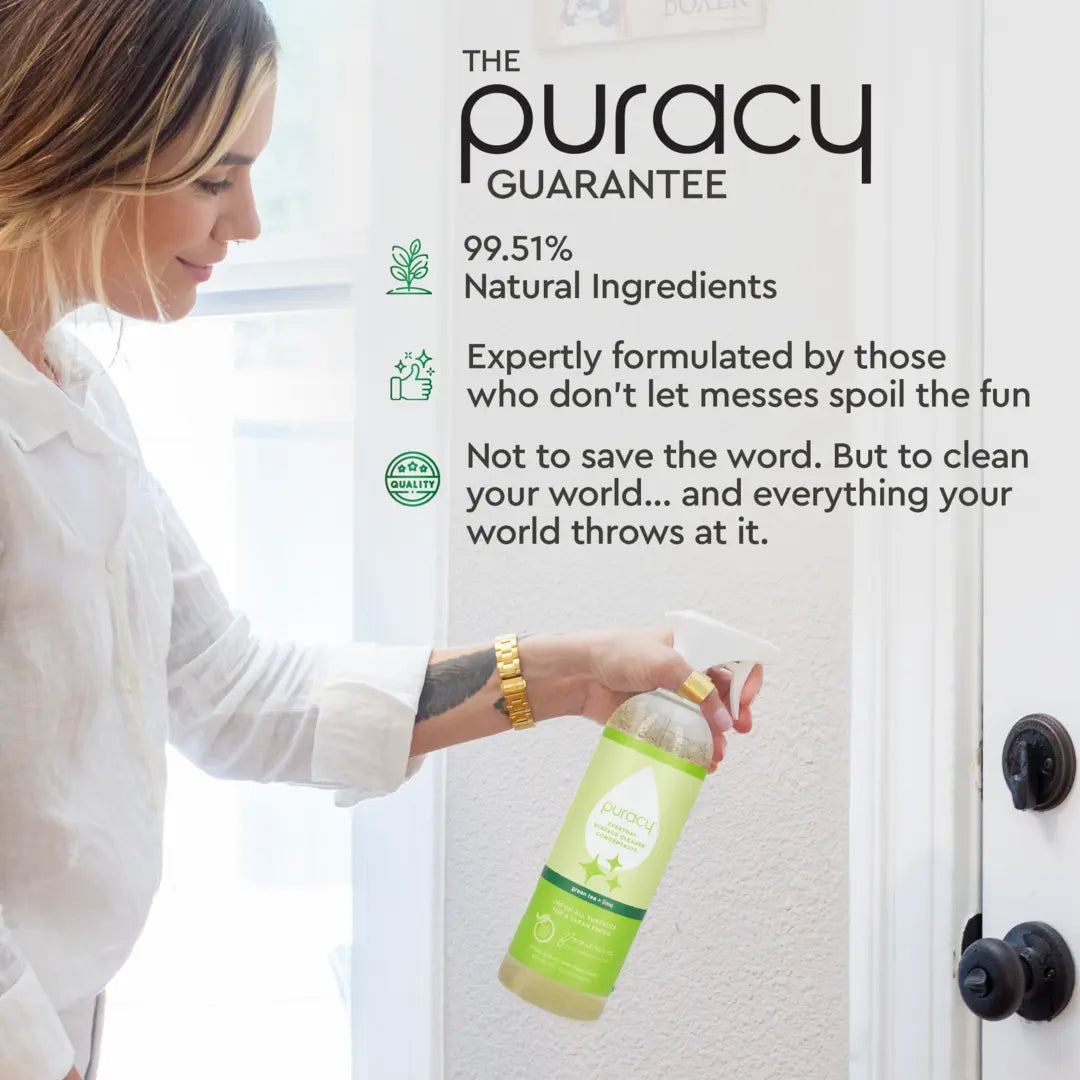
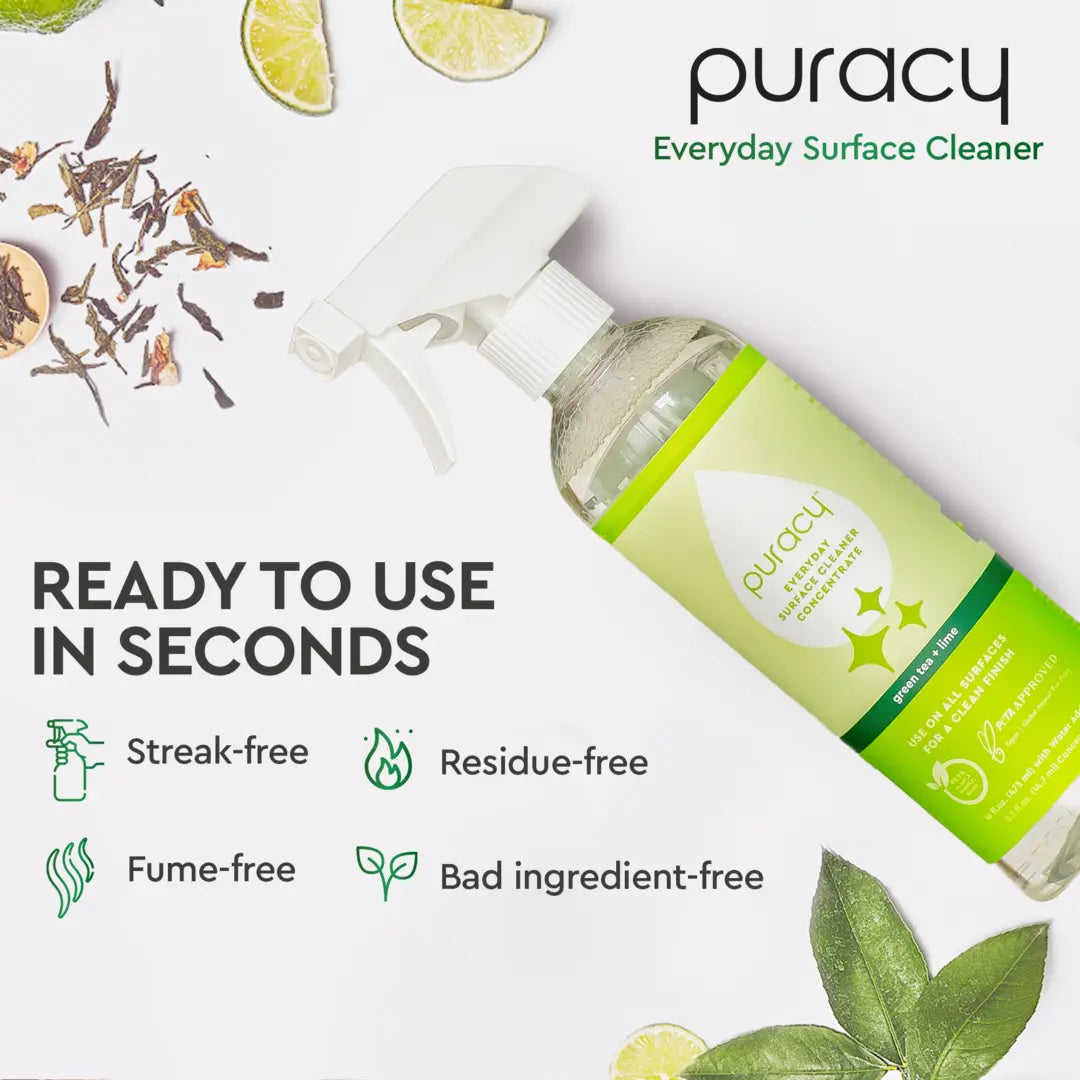
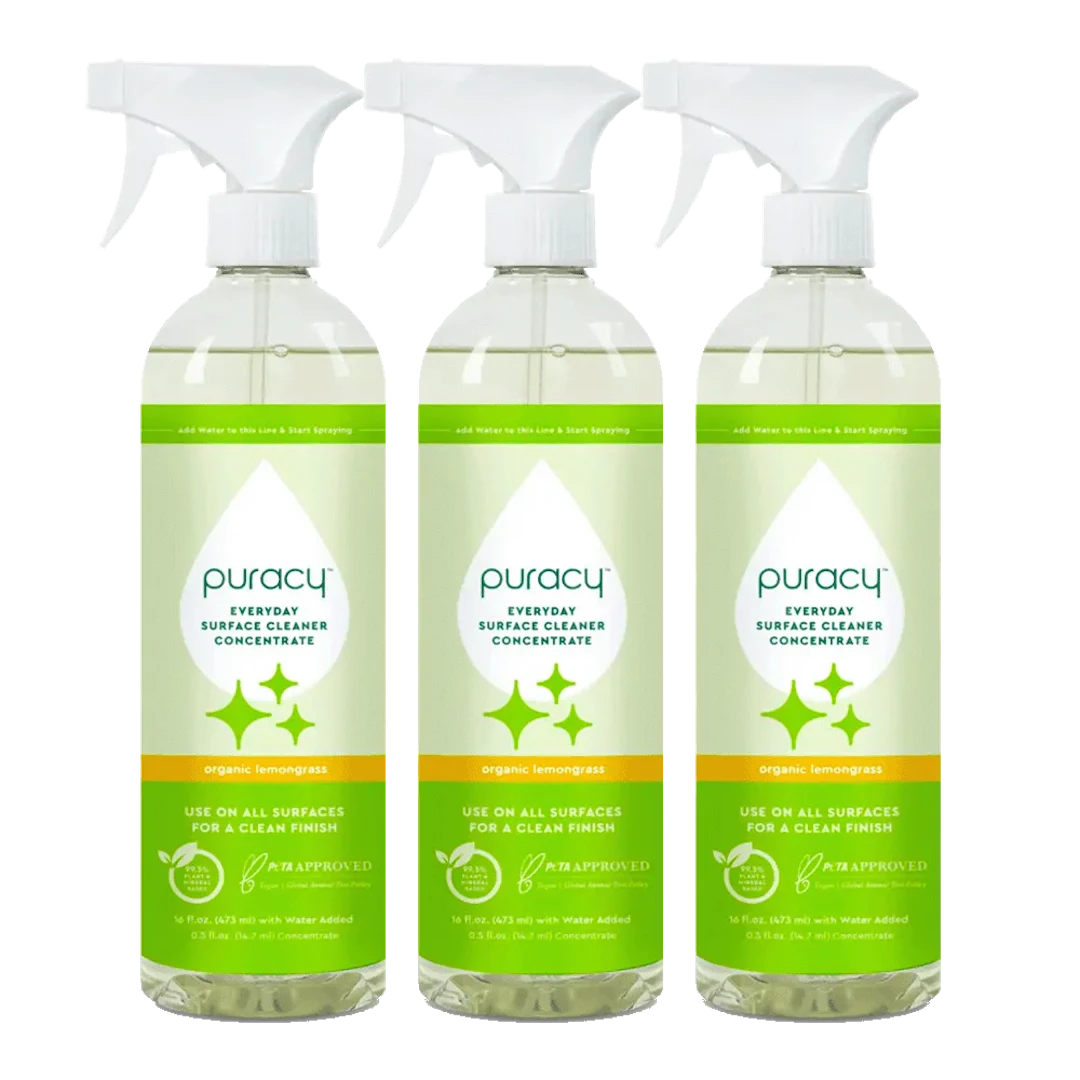
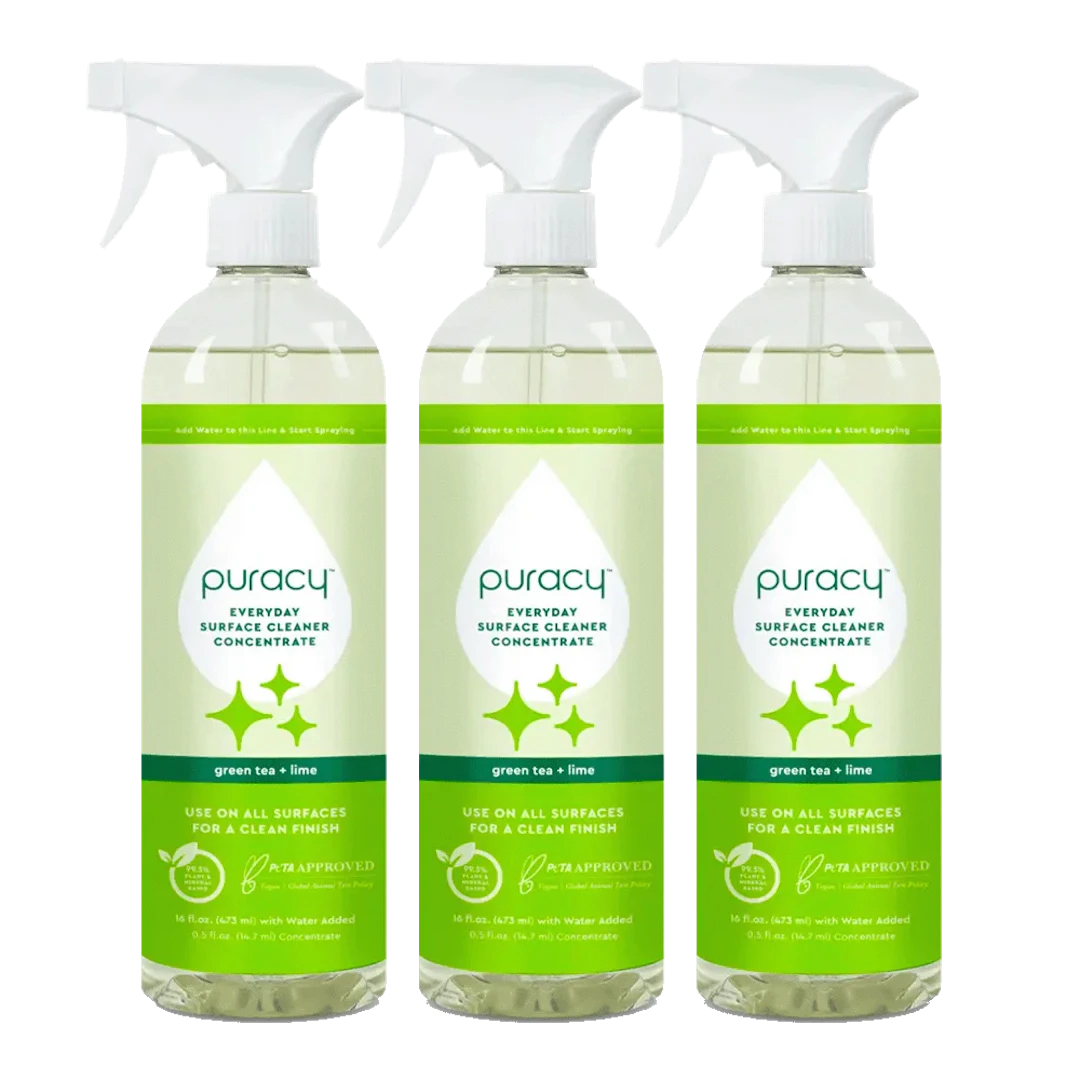
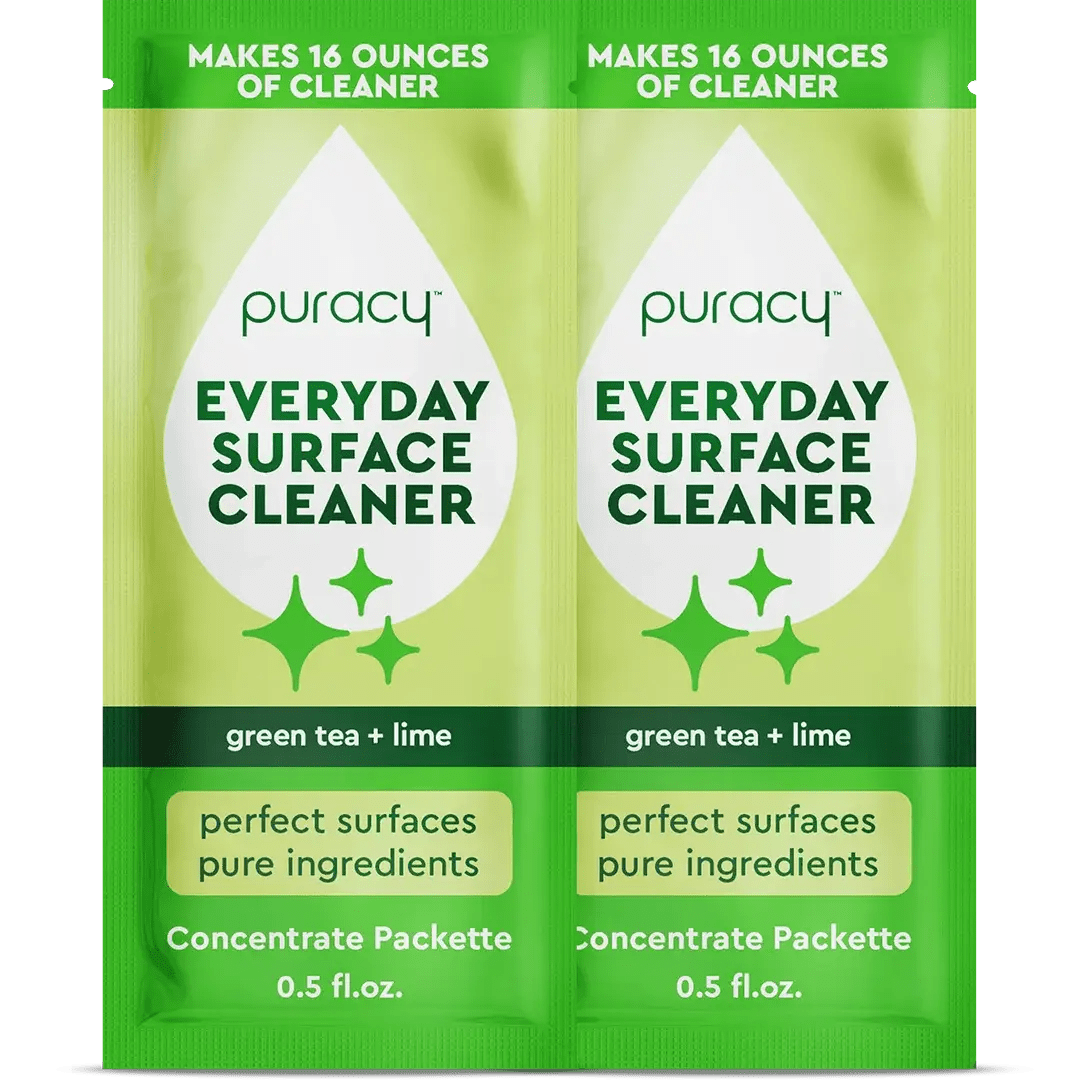
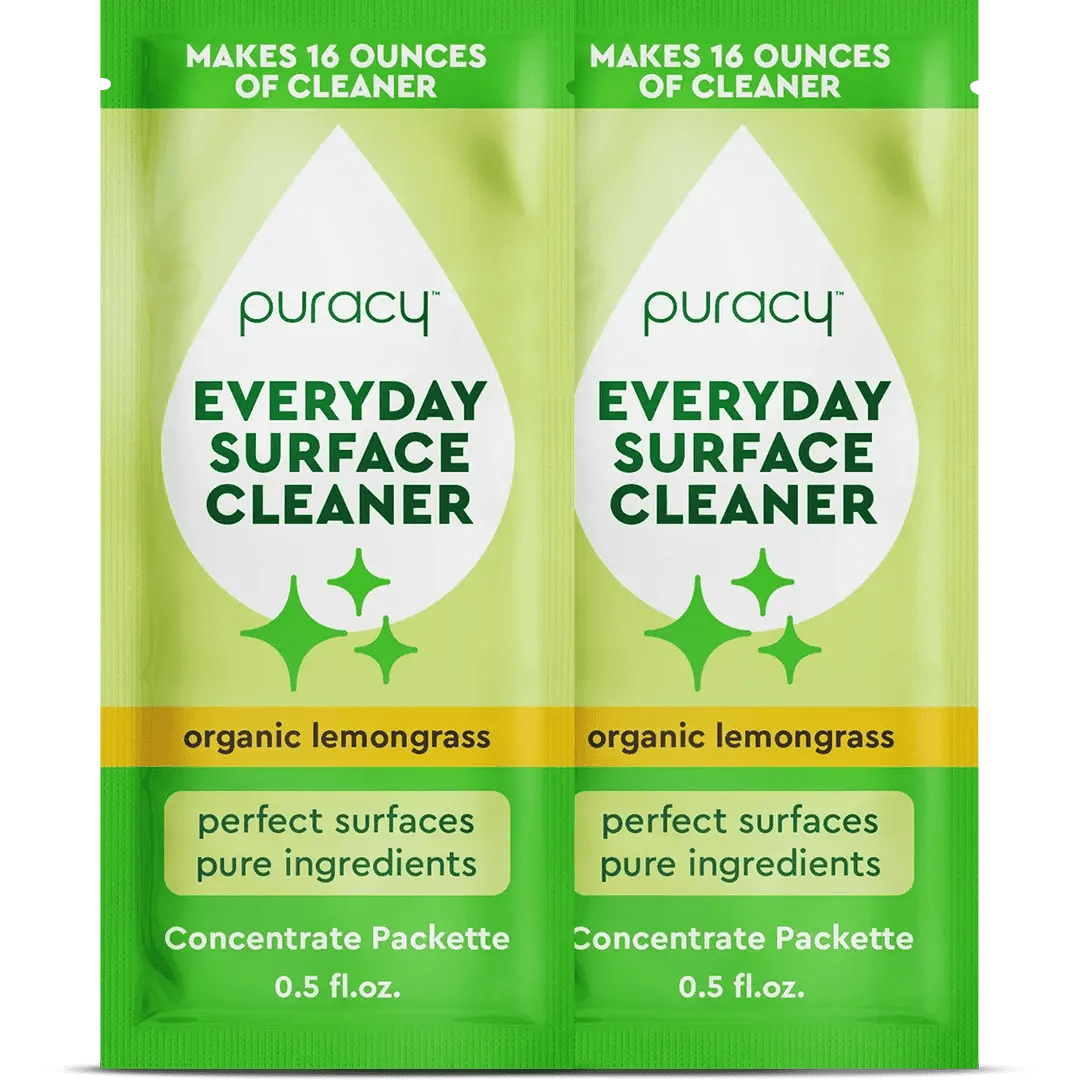
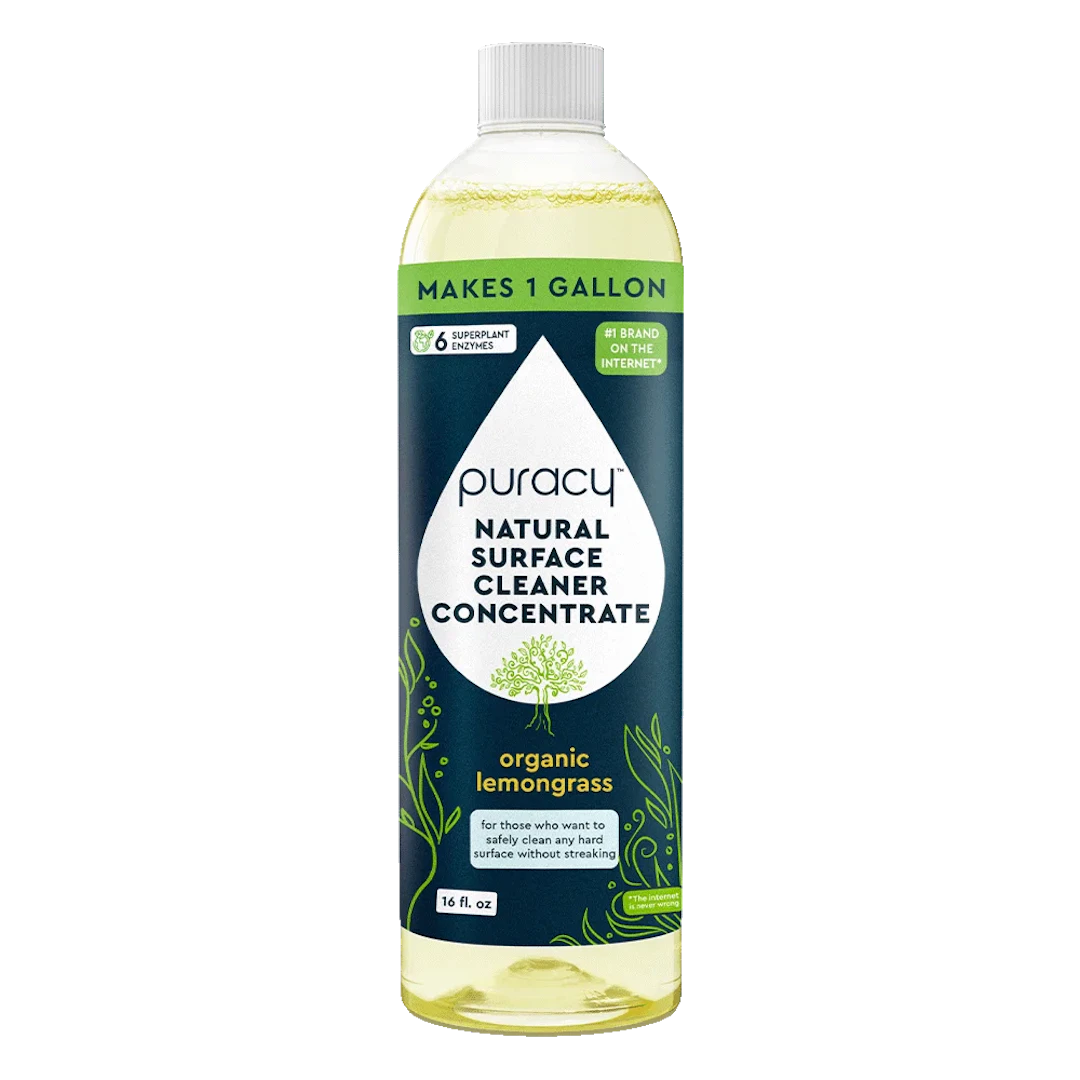
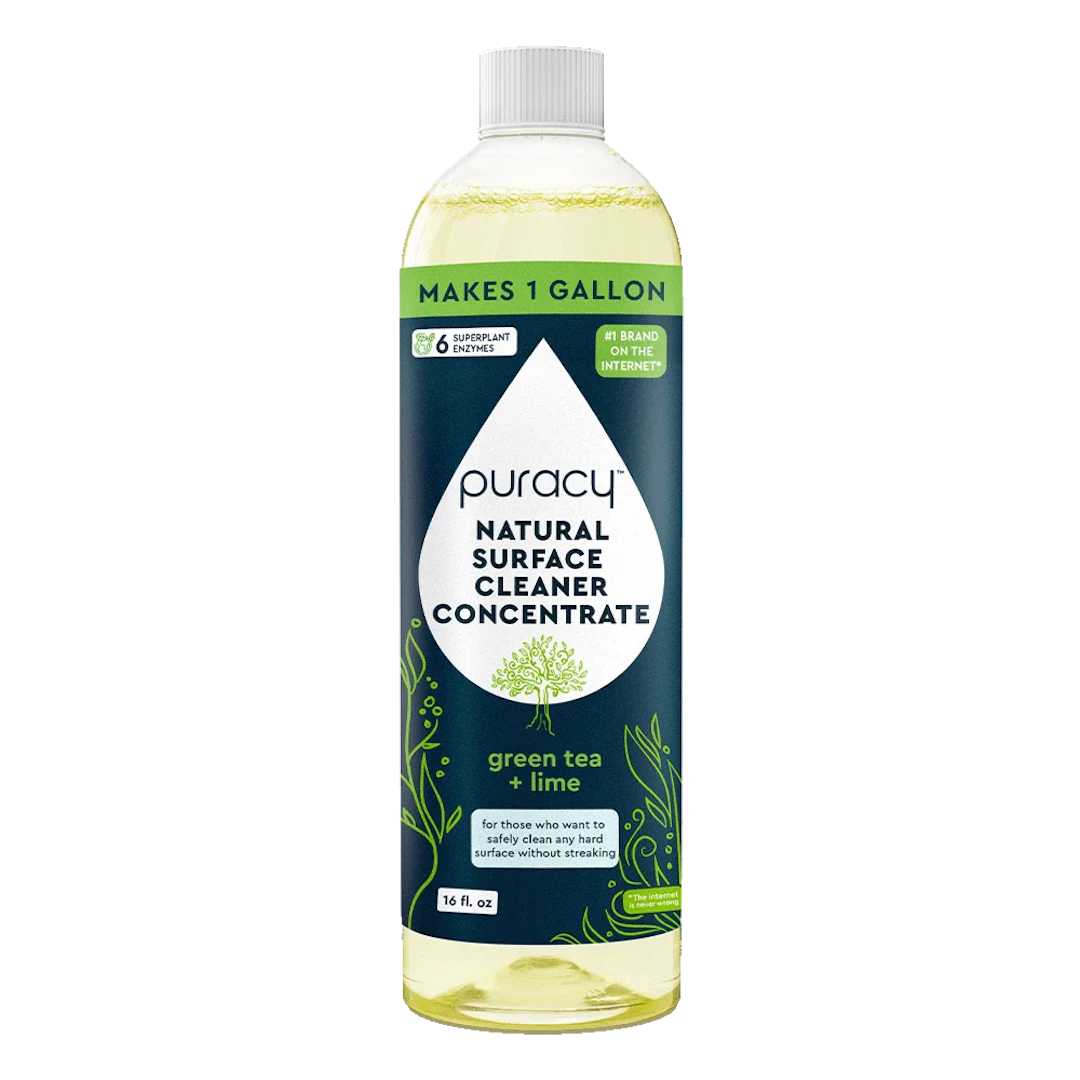
Everyday Surface Cleaner
How to Safely Clean, Sanitize, and Disinfect Different Household Surfaces

Every surface in your home needs regular cleaning to reduce bacteria and fomites, but the dirtiest spots in your house might surprise you. Discover how to keep them safely clean and sanitized.
Semi-Porous & Non-Porous Surfaces
Nonporous surfaces include varnished wood, glass, metal, and plastic. Semi-porous surfaces include certain wall paints, certain plastics, and waxed surfaces.
Cleaning
- Clear items from the area.
- Apply one spray of Puracy Everyday Surface Cleaner to each 2’x2’ square area.
- Wait 10-30 seconds.
- Wipe with a clean paper towel or a folded microfiber towel using a tight, overlapping z-pattern.
- Use tight, overlapping z-patterns to ensure total coverage and eliminate streaks.
- Keep folding your microfiber cloth to a clean side. Throw in the washing machine (and wash your hands!) as soon as it's fully saturated.
Pro Tip: Disposable paper towels aren't eco-friendly but they're great for reducing the spread of germs during flu season.
Disinfecting
- Use a surface cleaner on the material.
- Follow manufacturer instructions for your disinfecting product.
- Allow the mixture to sit on surfaces for the recommended period of time.
- Ensure proper ventilation at all times.
Pro tip: Be careful not to mix certain chemicals together, especially bleach and ammonia (which produces toxic gas). You can use EPA-endorsed wipes, sprays, and solutions (like Puracy's disinfecting cleaner) or a diluted bleach solution.
Sanitize
- Wear gloves and mask to protect yourself and heavier PPE if required.
- Isolate the area that needs to be sanitized to prevent cross contamination.
- Treat the affected area with disinfectant, taking extra care to follow the manufacturer's instructions, including dilution and cure times.
- Clean up the area and then discard the cleaning tools in a proper manner according to the type of spill cleaned.







